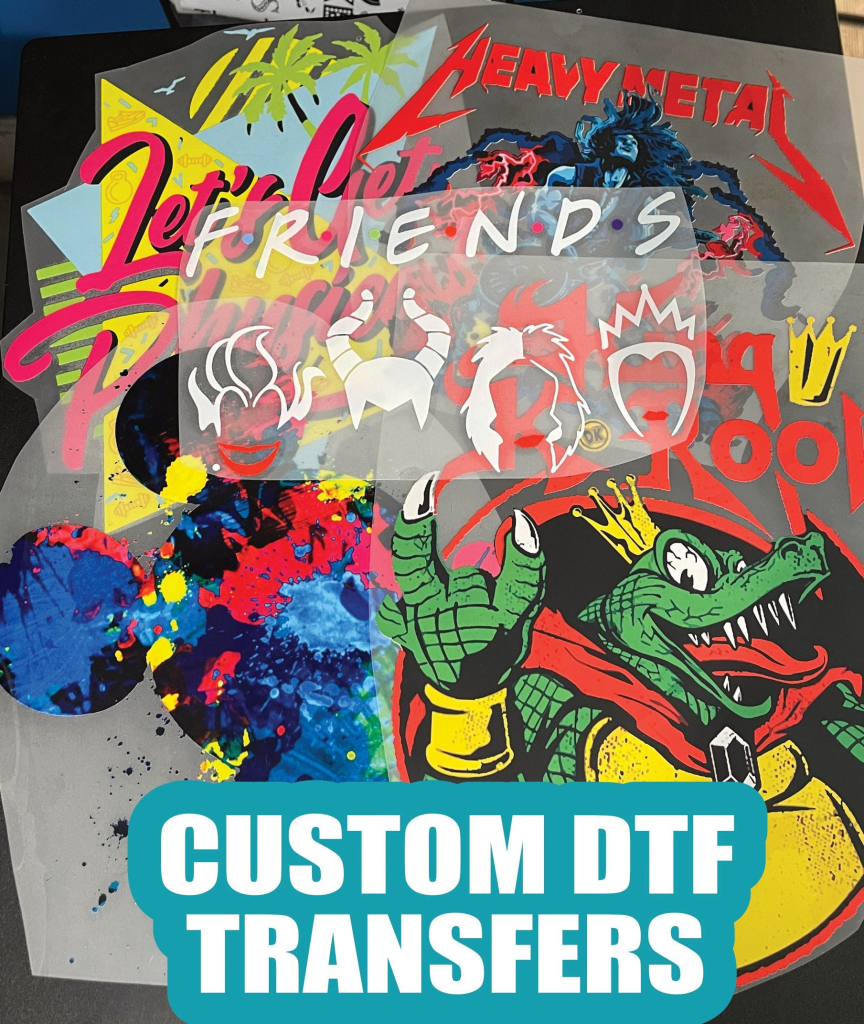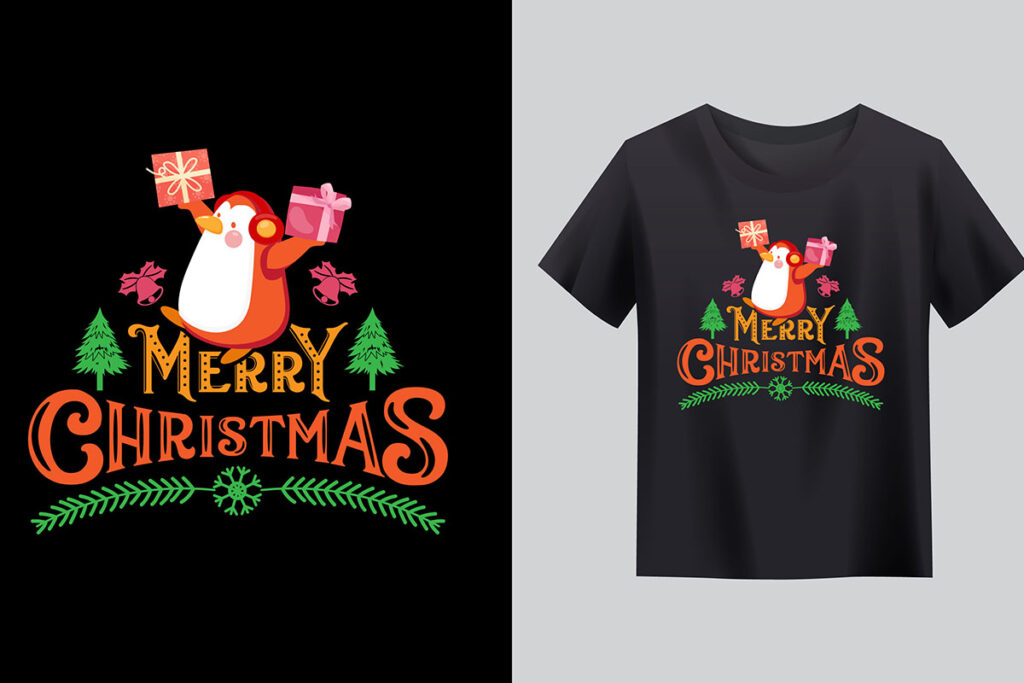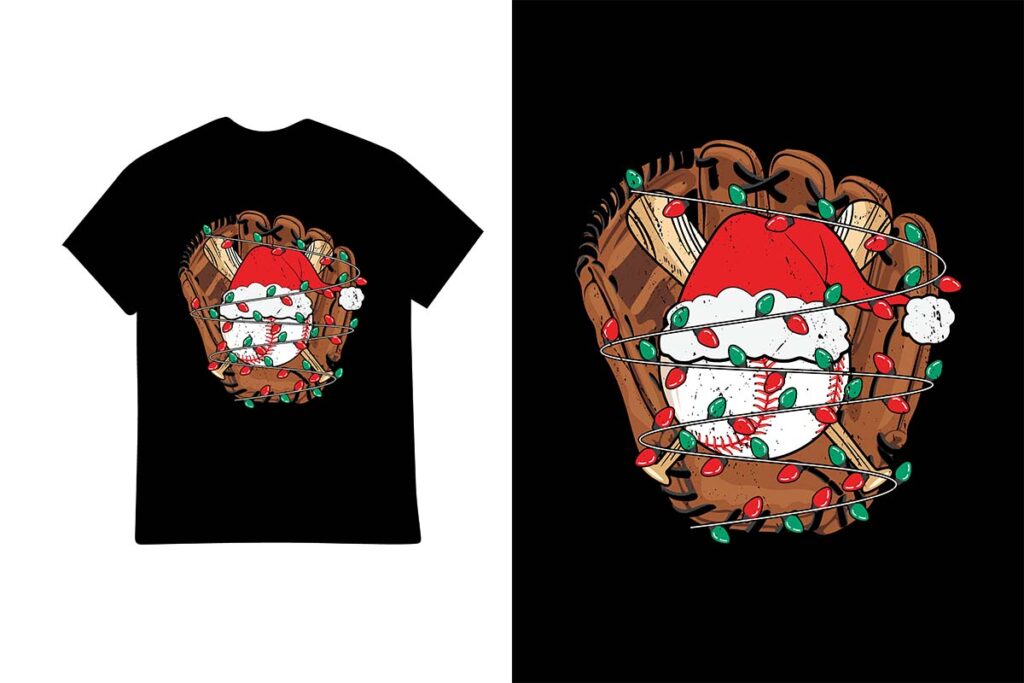DTF transfers, or Direct to Film transfers, have revolutionized the world of custom apparel design by offering an exciting and efficient way to bring vibrant designs to life. This innovative printing technology provides stunning results, allowing users to enjoy intricate details and bold colors on various fabrics. In this guide, we’ll take you through a comprehensive DTF printing tutorial, perfect for beginners eager to create eye-catching garments. Whether you’re looking to personalize your wardrobe or launch a new fashion line, mastering DTF printing opens the door to endless creative possibilities. Embrace this versatile technique and learn how to create designs with DTF that are both durable and visually striking.
Also known as Direct to Film printing, this modern technique has gained popularity for its ability to produce vivid and lasting prints on a wide range of materials. Those venturing into DTF printing for beginners will find it an accessible method, thanks to user-friendly processes and tools. By employing specialized film and adhesive, creators can transfer detailed artwork onto fabrics, making it an ideal choice for custom t-shirts and accessories. The vivid DTF designs that emerge from this method not only enhance fashion choices but also allow for personalization that can cater to any audience. Dive into the world of DTF transfers and explore how this technique can elevate your design game.
Understanding the Basics of DTF Printing
Direct to Film (DTF) printing is a cutting-edge method that transforms how designs are applied to various fabrics. Unlike traditional printing techniques, DTF printing utilizes a specialized film to create designs that are not only vibrant but also exceptionally detailed. The process begins with printing the artwork onto a film sheet, which is then coated with an adhesive powder. This allows the design to be securely transferred onto garments using a heat press, resulting in high-quality prints that can endure multiple washes without fading.
One of the major advantages of DTF printing is its versatility. It can be used on numerous fabric types including cotton, polyester, and tri-blends, making it an ideal choice for t-shirts, hoodies, and other apparel. This flexibility means that whether you’re aiming for a professional look for a business or playful designs for personal use, DTF printing accommodates all types of projects. Additionally, because the colors are printed directly onto the film in bright, vivid hues, your designs are guaranteed to pop, capturing the attention of anyone who sees them.
Key Benefits of Using DTF Transfers
The benefits of DTF transfers extend far beyond just quality. One of the primary advantages is their durability. DTF prints are designed to withstand the rigors of everyday use, making them perfect for apparel that needs to survive frequent washing and wear. This resilience means that users can enjoy their vibrant designs without worrying about them fading or peeling over time. For businesses, this assurance of quality can lead to greater customer satisfaction and repeat purchases.
Moreover, DTF printing is incredibly user-friendly, especially for beginners. The equipment required is relatively easy to manage, and many users find that they can quickly learn the process of creating designs with DTF transfers with the right resources. Tutorials, both written and video, are widely available online, which can help guide novices through each step from design creation to the final heat-pressing stage. This accessibility is a significant draw for both hobbyists and aspiring entrepreneurs looking to enter the custom apparel market.
Essential Materials for DTF Printing Success
To get started with DTF printing, having the right materials is crucial. The main components you’ll need are a DTF printer, special DTF film, and DTF transfer adhesive powder. When selecting a printer, ensure it is compatible with the type of design software you plan to use. This will greatly streamline your workflow and enhance the quality of your prints. The film and adhesive powder are equally important, as they directly impact the vibrancy and durability of the final product.
In addition to these essential materials, investing in a reliable heat press machine cannot be overstated. The heat press plays a pivotal role in ensuring that the design adheres properly to the garment, and its consistent temperature control helps achieve professional-level results. Finally, don’t overlook the importance of quality design software. Programs like Adobe Illustrator and Kittl can provide the tools needed to create stunning, intricate designs that will truly stand out when printed.
Step-by-Step Guide for Beginners
Creating designs with DTF transfers may seem daunting at first, but breaking it down into manageable steps can make the process enjoyable and approachable. Start by gathering all the necessary materials: your DTF printer, film, adhesive, a heat press, and your chosen garment. Once you have everything in place, you can begin designing your artwork using your preferred software. If you’re new to design, consider using templates available online to build confidence.
After creating your design, the next steps involve printing onto the DTF film and applying the adhesive powder. Each of these processes is critical to ensuring that the final print is vibrant and of high quality. Following that, utilize the heat press correctly to transfer your design onto the garment. This method not only provides a durable finish but also showcases the vivid colors that DTF printing is known for, making your creations truly eye-catching.
Advanced Techniques for DTF Printing
Once you’re comfortable with the basic processes of DTF printing, it’s time to explore advanced techniques that can elevate your designs even further. One popular method is layering multiple prints, which can create a more three-dimensional effect. By carefully planning how to overlap different designs, you can add depth and interest to your apparel, appealing to a broader customer base.
Another innovative technique is to experiment with different types of DTF films that offer varying finishes, such as matte or gloss. These options can affect the overall appearance of your design significantly. Additionally, using specialty inks or foils can add unique textures and metallic effects that make your DTF prints stand out in the competitive apparel market. Continuously experimenting with these advanced techniques will allow you to develop a signature style that sets your work apart.
Maximizing Your DTF Printing Results
To maximize your DTF printing results, it’s essential to keep your workspace organized and your equipment maintained. Regularly cleaning your printer and heat press can prevent issues that may compromise the quality of your prints, such as misalignment or poor adhesion. Furthermore, keeping an inventory of supplies on hand, such as extra DTF film and adhesive powder, can ensure that you are always ready to create without interruption.
Additionally, stay updated with the latest trends and innovations in DTF technology. Participate in online forums or webinars, and consider attending events like the DTF Expo to network and learn from other professionals in the field. Continuous learning will not only enhance your skills but also inspire new ideas for designs, ultimately helping you to achieve success in your DTF printing endeavors.
Frequently Asked Questions
What is DTF printing and how does it work?
DTF printing, or Direct to Film printing, is a technique used to transfer vibrant designs onto fabrics. It involves printing your design onto a special film, applying adhesive powder to it, and then using a heat press to transfer the design onto the garment. This method creates durable and colorful prints suitable for various materials.
How can I create stunning designs with DTF transfers?
To create stunning designs with DTF transfers, start by gathering the necessary materials like a DTF printer and DTF film. Use design software to craft your unique artwork, ensuring it’s vibrant and clear. Then, print it on the DTF film, apply adhesive powder, cure it, and transfer it to your garment using a heat press.
What are the benefits of using DTF transfers for beginners?
For beginners, DTF transfers offer ease of use, vibrant colors, versatility across different fabric types, and high durability of the prints. This technique allows newcomers to create high-quality designs with minimal effort, making it an excellent choice for personal projects or small businesses.
Can I use DTF transfers on different types of fabrics?
Yes, DTF transfers are versatile and can be used on various fabrics, including cotton, polyester, and blends. This adaptability allows you to create vibrant designs for t-shirts, hoodies, bags, and more, catering to different style preferences and market needs.
What equipment do I need to get started with DTF printing?
To start DTF printing, you need a DTF printer, DTF film, adhesive powder, a heat press machine, and design software. Having high-quality tools can significantly enhance the quality of your DTF transfers and overall printing results.
Where can I find tutorials for DTF printing?
You can find comprehensive tutorials for DTF printing online. Platforms like YouTube, or blogs like Daisy Multifacetica, provide step-by-step guides and tips, including DTF printing tutorials specifically designed for beginners interested in vibrant DTF designs.
| Key Aspect | Details |
|---|---|
| What is DTF Printing? | A printing method that transfers designs onto fabric using special film and heat, resulting in high-quality, durable prints. |
| Benefits of DTF Transfers | 1. Versatile across fabrics (cotton, polyester, blends) 2. Produces vibrant colors 3. High durability against washing 4. Easy to use for beginners and advanced users |
| Materials Needed | – DTF printer – DTF film – DTF adhesive powder – Heat press machine – Blank garments – Design software (e.g., Kittl, Adobe Illustrator) |
| Steps to Create DTF Designs | 1. Gather materials 2. Create design in software 3. Print design on film 4. Apply adhesive powder 5. Cure adhesive 6. Heat press design onto garment 7. Finish by heat pressing again without film |
| Tips for Success | – Experiment with different fabrics – Keep workspace organized – Review additional resources for tips and ideas |
Summary
DTF transfers have revolutionized the way we create custom apparel. With this innovative process, anyone can produce eye-catching designs with professional quality on a variety of fabrics. This user-friendly method involves a straightforward step-by-step tutorial, guiding you from design conception to the final heat transfer, ensuring impressive results every time. By utilizing high-quality materials and tools, the potential for creativity is boundless, making DTF transfers an essential technique for both hobbyists and small business owners aiming to elevate their clothing line.



